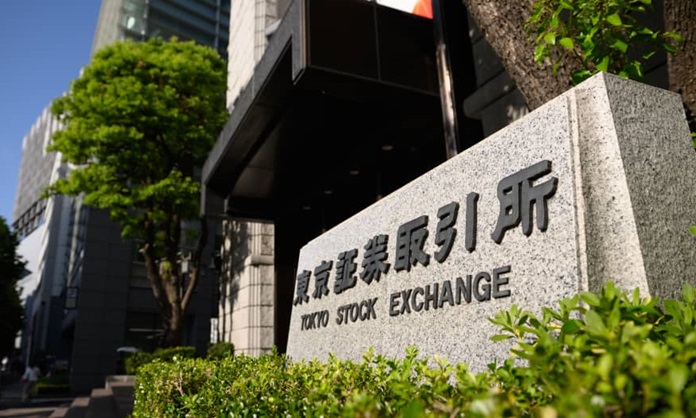Investors are gearing up for a potentially tumultuous week as Asian shares cautiously inched higher on Monday. The market mood remains cautiously optimistic, with hopes pinned on U.S. inflation data that could shape the Federal Reserve’s future interest rate decisions. Meanwhile, concerns over currency intervention from Japan are keeping the yen’s decline in check.
All eyes are on the U.S. core personal consumption expenditure (PCE) price index, expected to rise by 0.3% in February. Any deviation from this figure could impact expectations for a Federal Reserve rate cut in June. With many markets closed for Easter on Friday, the full impact of the PCE data may not be felt until next week.
Federal Reserve Chair Jerome Powell’s recent dovish stance has boosted market expectations for a June easing, with futures implying a 74% chance, up from 55% the previous week.
In Europe, inflation data from France, Italy, Belgium, and Spain will be closely watched, ahead of the overall EU CPI report on April 3. Sweden’s central bank meeting on Wednesday is expected to keep rates at 4.0%, but the Swiss National Bank’s surprise easing last week has markets on edge for a dovish statement.
Global equities have been buoyed by expectations of falling borrowing costs, with the S&P 500 up almost 10% for the year so far. Early Monday, S&P 500 futures and Nasdaq futures were trading flat. MSCI’s broadest index of Asia-Pacific shares outside Japan edged up 0.1%, near eight-month highs.
Japan’s Nikkei slipped 0.4% after last week’s 5.6% spike to an all-time peak, driven by yen weakness. While the Fed’s dovish tone was a key factor, other central banks like the SNB, BoE, and ECB have also hinted at easing, supporting the dollar’s strength. The PBOC’s decision to let the yuan weaken further has also boosted the dollar.
The dollar’s strength has weighed on gold, which stood at $2,168 an ounce after hitting a record high last week. Oil prices were supported by Ukraine’s attacks on Russian refineries and a fall in U.S. rig counts, with Brent rising to $85.64 a barrel and U.S. crude to $80.86 per barrel.
Investors are advised to stay vigilant as market volatility could increase in the coming days, driven by key economic data releases and central bank statements.
(Source: Reuters | Bloomberg)









